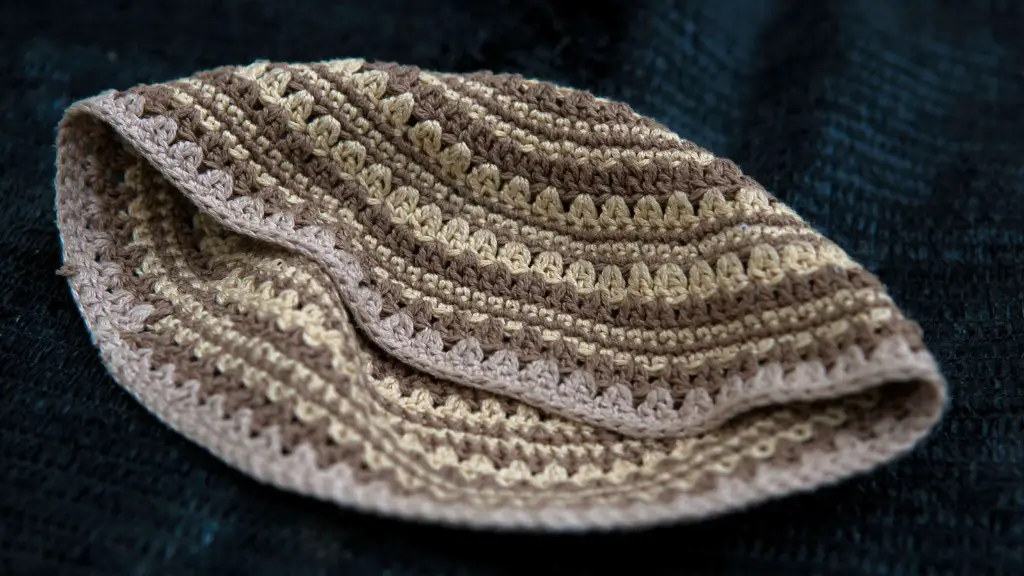Introduction to Reform and Orthodox Judaism
Reform and Orthodox Judaism are two distinct branches of the same faith: Judaism. On the surface they may seem similar, but in reality they have many differences. This article cover the basics of Reform and Orthodox Judaism, including history, beliefs, and distinctive practices. It will offer insights into the differences between Reform and Orthodox Judaism, and provide comparisons of the two branches.
History and Evolution of Reform Judaism
Reform Judaism is one of the largest and oldest branches of American Judaism. It is an outgrowth of the German Reform Movement, which began in the early 19th century, when Jews were first exposed to the modernizing ideas of the Enlightenment. The reformers sought to incorporate these new ideals into Judaism, making it more compatible with European conservatism as well as modern life.
The American Reform Movement was started in 1825, with the founding of the first-ever Reform temple in Charleston, South Carolina. Since then, Reform Judaism has evolved and has adapted over the years, while still keeping certain core values that have remained the same. Today, Reform Judaism is known for its liberal views, incorporating ideas from other faiths and embracing progressive beliefs on gender roles, race, and sexuality.
History and Evolution of Orthodox Judaism
Orthodox Judaism is one of the most traditional branches of Judaism, and it is also the one of the oldest. It is rooted in the beliefs and rituals of ancient Jewish tradition, and is known for its strict belief in the authority of the Torah. It is also known for its adherence to halacha, or Jewish law.
Orthodox Judaism has its roots in the Eastern European Hasidic movements, which began in the 18th century and spread throughout Europe. Since then, Orthodoxy has experienced its own evolution, but has remained committed to its basic core beliefs. Today, it is one of the most popular forms of Judaism among American Jews, and it is often seen as the most traditional or conservative branch.
Distinctive Practices
One of the main differences between Reform and Orthodox Judaism is their approach to religious practice. Reform Judaism generally follows more liberal interpretations of Jewish law and religious rituals, while Orthodox Judaism is more conservative, maintaining traditional rules and rituals.
For example, Reform Jews tend to focus more on the symbolic meanings of religious rituals, such as Shabbat. They also tend to be more open to new interpretations and practices, while Orthodox Jews tend to stick to the traditional way of doing things.
Reform Jews also tend to be less observant of traditional Jewish holidays and annual rituals, while Orthodox Jews tend to observe them more strictly.
Beliefs and Ideology
Another key difference between Reform and Orthodox Judaism is their beliefs and ideologies. Reform Judaism emphasizes social justice and an emphasis on positive ethics, while Orthodox Judaism is more focused on a strict adherence to Jewish law and tradition.
Reform Jews generally view themselves as a part of the larger world, and embrace an approach of pluralism. They embrace progressive values such as gender equality, racial justice, and social justice.
By contrast, Orthodox Jews are more focused on the traditional interpretation of the Torah and Halacha. They view themselves as a people apart and strive to maintain Jewish traditions and rituals.
Reform and Orthodox: Comparisons
Reform and Orthodox Jews are united by their common roots in the Jewish faith, yet there are clear distinctions between the two branches. Reform Judaism is generally more open to new interpretations, while Orthodox Judaism is more traditional and conservative. Reform Judaism emphasizes the values of social justice, while Orthodox Judaism emphasizes adherence to religious law.
Overall, Reform and Orthodox Judaism have different approaches to religious practice and belief. What they have in common is their commitment to the core values of the Jewish faith and to preserving the traditions of their people.
Demographics
There is a large gap between Reform and Orthodox Judaism in terms of demographics. Reform Judaism is the largest branch of Judaism, making up about 40% of American Jews, while Orthodox Jews make up about 10% of the American Jewish population. The remaining 50% are either unaffiliated or classified as “other.”
In addition, the demographics of Reform Judaism and Orthodox Judaism differ in other ways. Reform Jews tend to be more geographically dispersed throughout the United States, while Orthodox Jews are more concentrated in certain areas, such as the Northeast.
Opportunities in the 21st Century
In the 21st century, Reform and Orthodox Judaism both face unique opportunities and challenges. The global Jewish community is diverse and changing, both in size and in composition. Reform and Orthodox Judaism must find ways to bridge differences and embrace new opportunities, while still maintaining their commitment to core values and beliefs.
The modern global Jewish community also provides opportunities for Reform and Orthodox Jews to reach out to new audiences and to explore a wider range of ideas. With the help of technology and modern communication tools, Jews from all denominations can engage and learn from one another, creating a sense of common understanding and unity.
Conclusion of Reform and Orthodox Judaism
Reform and Orthodox Judaism are two distinct branches of the Jewish faith, with clear differences in their beliefs, ideologies, and religious practices. Even though they may have disagreements and different perspectives, they share a commitment to their core values and shared history. In the modern world, Reform and Orthodox Jews must find ways to bridge the differences between them and embrace the opportunities presented by new technologies and the global Jewish community.
